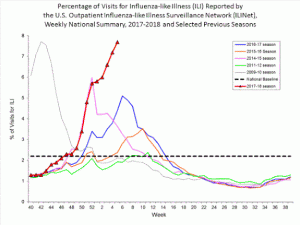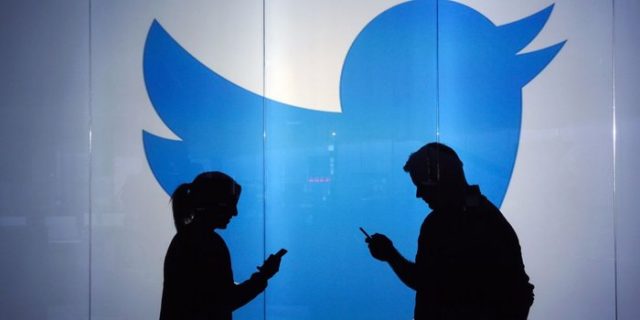Twitter users will be soon able to get a verified account with a blue check mark – social media platform’s CEO said on Thursday.
The check mark already shows up on the accounts of many celebrities, athletes, public figures, musicians journalists, companies, organizations and brands.
“The intention is to open verification to everyone and to do it in a way that is scalable, where we’re not in the way and people can verify more facts about themselves, and we don’t have to be the judge and imply any bias on our part,” ,” CEO Jack Dorsey said during a live-stream chat.
Twitter had temporarily suspended its verification program for the general public in November last year after the users lashed out at the platform for verifying the account of Jason Kellser, a far-right extremist and one of the organizers of white supremacist march in Charlottesville in Virginia in August.
Though Twitter clarified that the badge was meant to authenticate identity and not an endorsement from the company or an indicator of importance, the public outrage forced the company to reconsider its scheme to authenticate and verify users.
Before the suspension of verification program, the users could apply for the check mark by providing their personal information and a reason for why they need one.
Twitter suspended its verification program in November 2017 amid public backlash after it verified the account of a far-right extremist
Dorsey did not disclose that when the extended verification scheme will come in effect.
“We have a lot of work ahead; it’s not going to be overnight. We’re going to be as open as we can,” he said. “That’s going to be uncomfortable for us in many ways, but we want to be very open and very vulnerable with you all about what we’re facing and what our challenges are.”
 The blue badge was introduced in 2009 to signify the verified users. Initially, the tick was awarded to celebrities, athletes and public figures only but later established journalists, authors and influential were also able to obtain it. The ordinary user, however, was often denied the badge.
The blue badge was introduced in 2009 to signify the verified users. Initially, the tick was awarded to celebrities, athletes and public figures only but later established journalists, authors and influential were also able to obtain it. The ordinary user, however, was often denied the badge.
“The main problem is, we use [the checkmark] to mean identity,” Twitter director of product David Gasca told The Verge.
“But in user research … users think of it as credibility, [that] Twitter stands behind this person and what they’re saying is great and authentic, which is not what we meant.” The idea is that if everyone is verified, the company can change the meaning of the checkmark and get users to perceive accounts without verification as suspicious.









